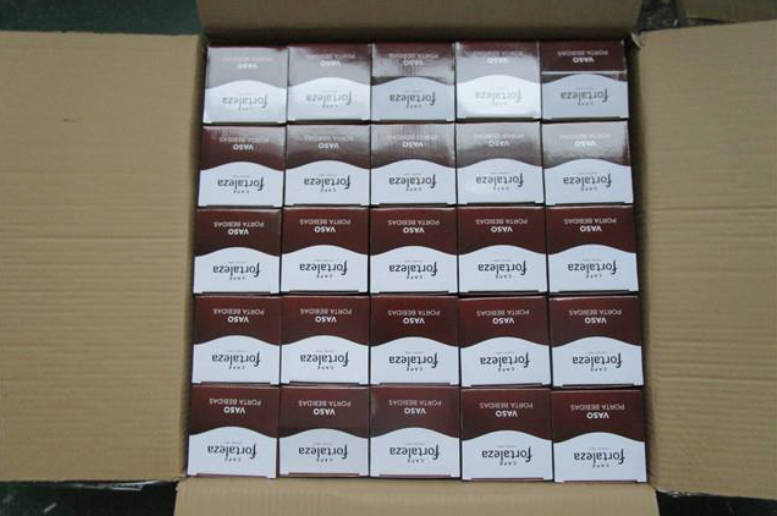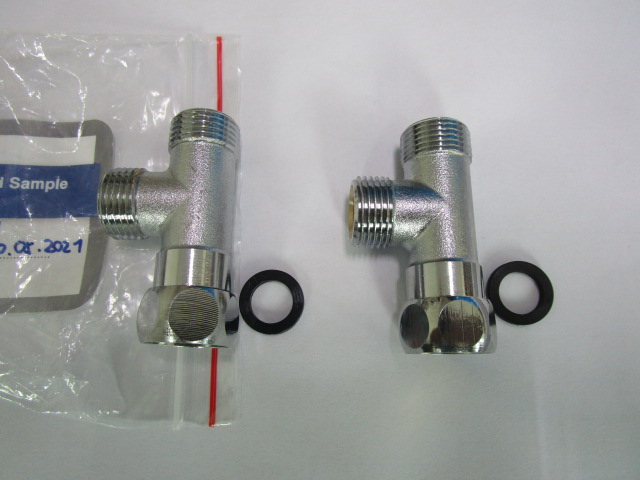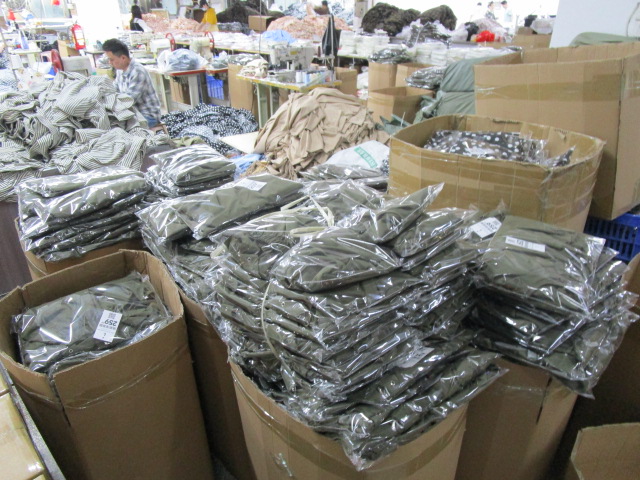
In the realms of product quality control and container loading supervision, verifying the quantity of products—encompassing finished goods, semi-finished products, and raw materials—is a critical step to ensure the integrity of supply chains and to meet contractual obligations. This article outlines the fundamental strategies and best practices for executing product quantity verification effectively during quality inspection and container loading supervision processes.

Contents
1. Understanding the Importance of Quantity Verification
Quantity verification serves multiple purposes, including preventing shipment shortages or overages, ensuring compliance with purchase orders, and maintaining quality control standards. It plays a pivotal role in minimizing disputes between buyers and suppliers and in sustaining trust throughout the supply chain.
2. Pre-Inspection Preparation
- Documentation Review: Before conducting physical checks, it’s crucial to review all relevant documentation, such as purchase orders, packing lists, and invoices, to understand the expected quantities of finished products, semi-finished products, and raw materials.
- Standard Operating Procedures (SOPs): Establish clear SOPs for quantity verification. This should include the methodology for counting (e.g., random sampling, 100% verification), handling discrepancies, and reporting.
3. Physical Verification Techniques
a. Finished and Semi-Finished Products
- Random Sampling: Utilize statistical sampling methods, such as Acceptance Quality Limit (AQL) sampling, to select a representative subset of the shipment for counting. This method is efficient for large quantities.
- 100% Counting: In certain cases, especially when dealing with high-value items or when the order quantity is small, a full count may be necessary.
- Weight Verification: For products that are uniform in weight, verifying the total weight against the calculated weight of the stated quantity can be a quick method for quantity confirmation.
b. Raw Materials
- Bulk Measurement: For raw materials shipped in bulk (like liquids, grains, or powders), volume or weight measurement methods are used to estimate quantity. This may involve tanks with calibrated level indicators or weighbridges.
- Unit Counting: For packaged raw materials, a combination of random sampling and 100% counting (for smaller lots) can be applied.
4. Container Loading Supervision
- Supervision During Loading: Quantity verification should be integrated into the container loading process. This involves confirming the quantities as they are loaded into the container, ensuring that the packing list accurately reflects the loaded goods.
- Seal Verification: After loading, verifying and recording the container seal numbers is critical to prevent tampering and ensure the integrity of the shipment.
5. Dealing with Discrepancies
- Immediate Reporting: Any discrepancies found during the quantity verification process should be immediately reported to all relevant parties. Documentation should include detailed counts, photographs, and any other evidence of the discrepancy.
- Resolution Procedures: Establish a predefined procedure for resolving quantity discrepancies, which may involve adjusting the shipment, financial compensation, or other corrective actions agreed upon by both parties.
6. Leveraging Technology
- Digital Tools and Software: Implementing digital solutions for tracking and recording quantities can enhance accuracy and efficiency. Barcode scanning, RFID tags, and inventory management systems are valuable tools in this regard.
- Remote Verification Techniques: In situations where physical presence is not possible, remote inspection methods, including video calls and real-time sharing of inspection data, can be employed.
Conclusion
Effective product quantity verification during quality inspection and container loading supervision is essential for maintaining supply chain integrity, meeting contractual obligations, and ensuring customer satisfaction. By adhering to best practices, utilizing appropriate verification techniques, and leveraging technology, organizations can significantly reduce the risks associated with quantity discrepancies and enhance overall supply chain performance.




